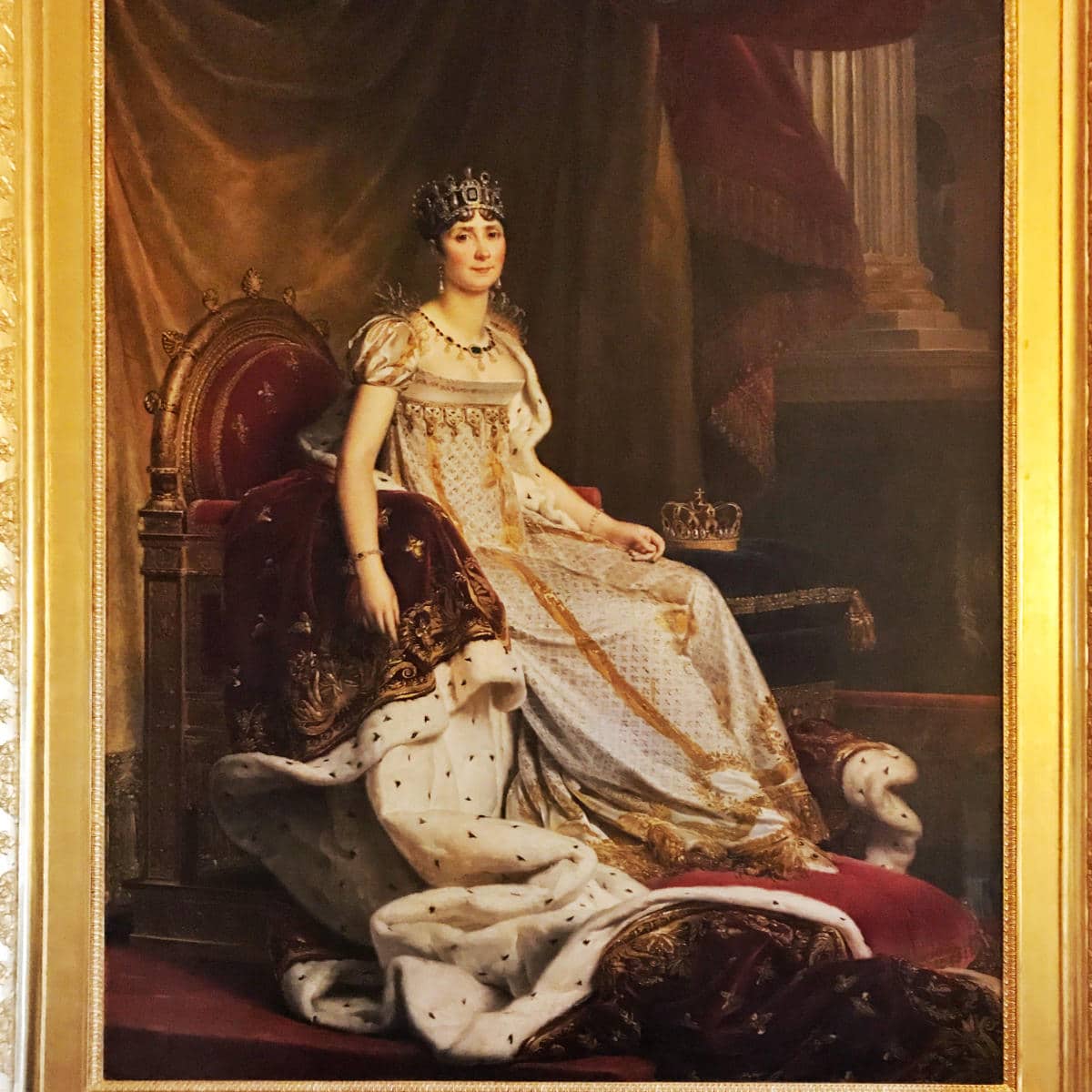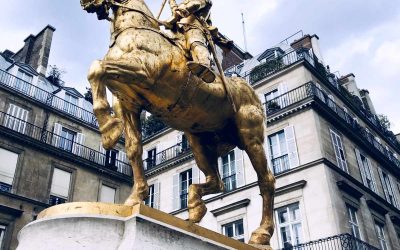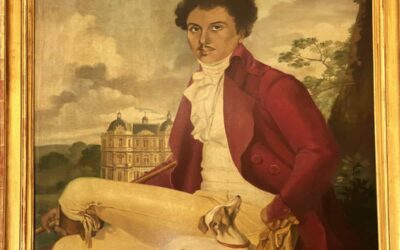| Quick facts | |
|---|---|
| Real name: | Marie Josèphe Rose Tascher de La Pagerie |
| Birth: | 23 June 1763 in Saint Lucia or Martinique (Caribbean) |
| Death: | 29 May 1814 at age 50 in Rueil-Malmaison, (small town just outside of Paris) |
| Parents: | Joseph Gaspard Tascher de La Pagerie, plantation owner Rose Claire des Vergers de Sannois |
| Reign: | Empress of the French (18 May 1804 – 10 Jan 1810) |
| Marriages: | Alexandre, Viscount of Beauharnais (1779 – 1794) Napoleon I, Emperor of the French (1796 – annulled 1810) |
| Children: | Eugène de Beauharnais, Duke of Leuchtenberg, Viceroy of Italy Hortense de Beauharnais, Queen of Holland |
| Famous for: | Marrying Napoleon and becoming Empress of France |
Birth and family life
A little girl born to a plantation owner in the Caribbean, no one would have anticipated that Josephine would one day become Empress of France.
Born Marie Josèphe Rose Tascher de La Pagerie on 23 June 1763, it isn’t clear if she was born in St. Lucia or Martinique where her parents had property. She was the eldest of three daughters and her parents were minor gentry.
The reason for her birth discrepancy is that Saint Lucia switched hands between the colonialist Great Britain and France 14 times, and there were no civil registers on the island at the time.
With St. Lucia changing hands so ofter, it is possible that her birthplace would have affected her nationality, whether she was French at all.
While commonly called as “Joséphine de Beauharnais,” she was not born with this name. “Beauharnais” was the surname of her first husband, and upon marrying Napoleon, she adopted the surname “Bonaparte.”
Moreover, the name “Joséphine” was not her actual name. It was Napoleon who began calling her that, possibly inspired by her middle name, Josèphe. Prior to encountering Napoleon, she was known as Rose, or Marie-Rose Tascher de la Pagerie. In her later years, she occasionally reverted to using her maiden name.
1st Marriage to Alexandre de Beauharnais
Josephine would eventually move to France at 17 years old to marry her 1st husband Alexandre de Beauharnais in 1779. It was a rather unhappy marriage, but nevertheless they had two children, Eugene and Hortense.
Unfortunately, it was the time of the 1789 French Revolution. Her husband was an aristocrat who was guillotined during the Reign of Terror.
Josephine was also held for execution, but managed to secure her release. She met Napoleon on October 15, 1795, as a rather impoverished widow with two young children.
2nd marriage to Napoleon Bonaparte
Napoleon fell madly in love with Josephine, however there was one problem. He was already engaged to a woman named Désirée Clary.
Napoleon would hurriedly break off relations with Désirée and marry Josephine on 9 mars 1796, just a few months after meeting her. (Désirée would eventually become Queen of Sweden, with Napoleon’s assistance.)
On their certificate, the Napoleon and Josephine falsify their age to erase their 6 year age difference. Josèphine makes herself four years younger and Bonaparte eighteen months older.
She purchased a private mansion in 1799 for them, called Château Malmaison while Napoleon, still only a general in the army, was off fighting in Egypt. But Napoleon was not pleased.
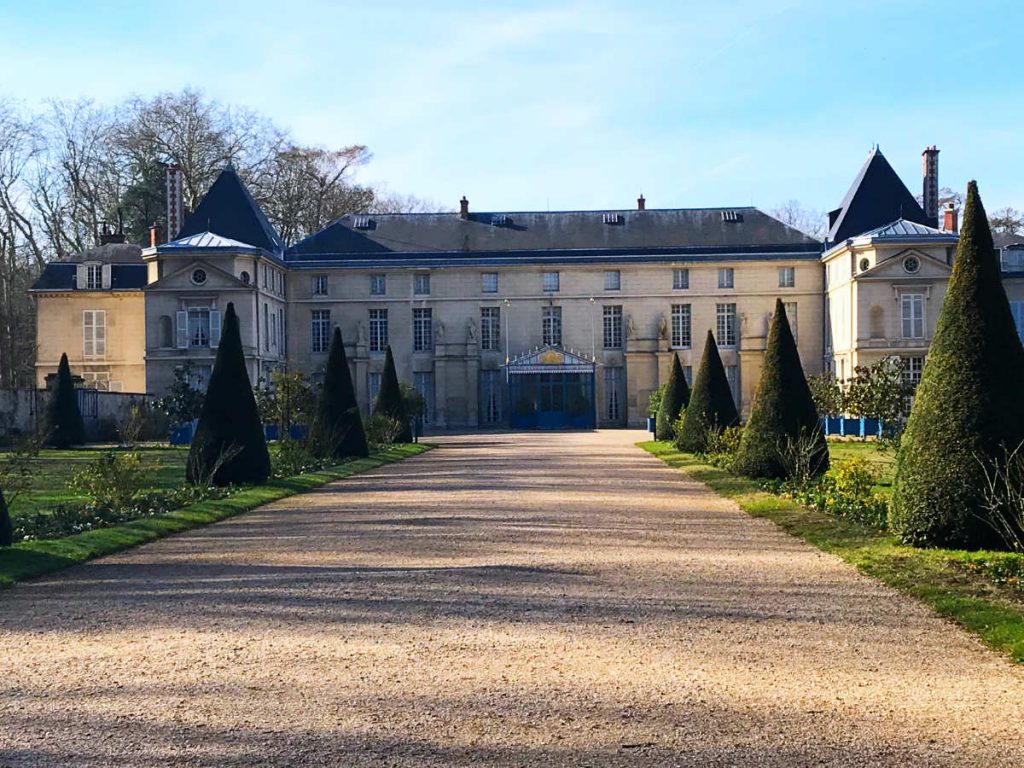
The property was far more than he wanted to spend. And plus it did not look like a house meant for royalty. Napoleon had ambitions, you see. Nevertheless, the couple set about renovating it, and made it their home.
The big problem in their idyllic love affair however, was that Napoleon wanted children.
Becoming Empress
In 1804, Napoleon was “voted” Emperor of the French. He made Josephine Empress, crowning her himself at Notre Dame de Paris Cathedral.
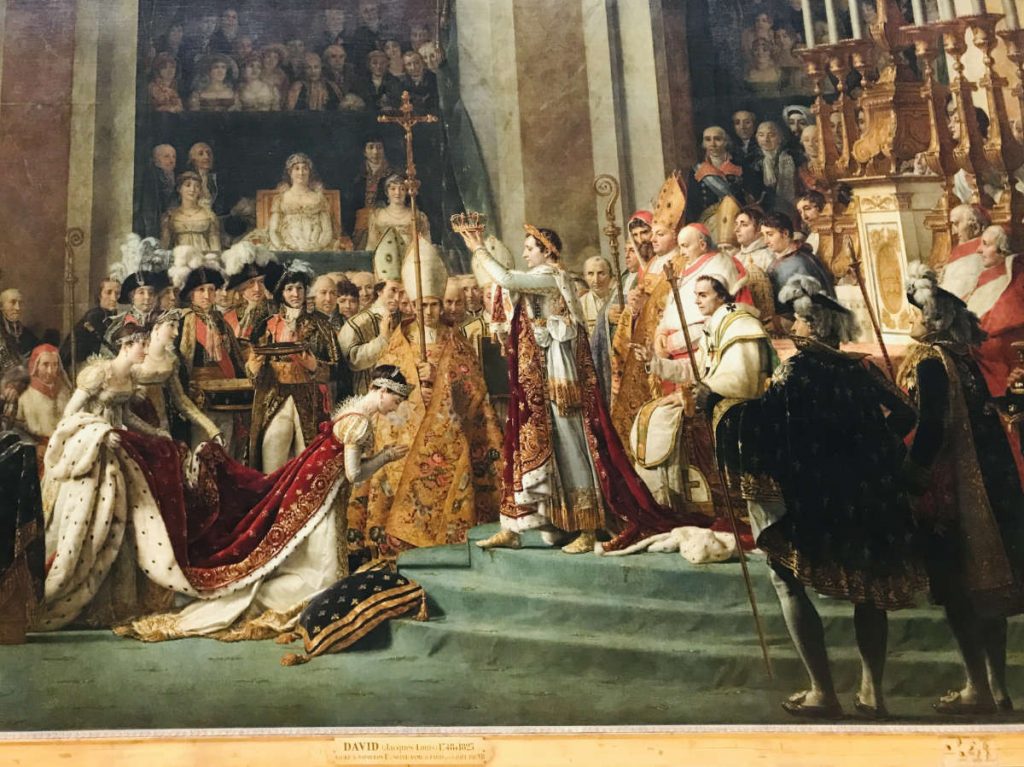
Notably, Napoleon Bonaparte’s mother refused to attend the coronation. She hated Josephine and refused to go so that she didn’t have to watch her be crowned Empress.
Letizia Bonaparte was a mother of 13 children herself, and she would continue to push Napoleon to divorce Josephine and remarry to produce an heir.
Divorce Annulment
Caught up in politics and warfare, Napoleon and Josephine separated after 14 years of marriage.
Napoleon’s desire to have biological children combined with Josephine’s inability to conceive again, meant that the couple divorced on 15th of December, 1809. (Under the Catholic church, the marriage was then annulled so that Napoleon could marry again.)
But he was still deeply in love with her and as part of the settlement, Josephine received Malmaison and an annual pension of 5 million francs.
Napoleon openly proclaimed to his new wife Marie “It is a womb that I am marrying”, not her. Even after their separation, Napoleon insisted Joséphine retain the title of empress.
Children: Eugene and Hortense
Although Napoleon could not have children with Josephine, he very much loved his step-children. Eugene and Hortense, Josephine’s children with her 1st husband, featured prominently in Napoleon’s plans for the French Empire.
Eugene commanded the Napoleon’s army in Italy during the Napoleonic Wars, and was Viceroy of the Kingdom of Italy under his stepfather. He was given the title Prince of France and also Prince of Venise. However, Eugène himself refused all new titles and benefits after the divorce of his mother and Napoleon.
But it would be Napoleon’s step daughter Hortense who would leave the most lasting legacy. She married Napoleon’s brother, Louis Bonaparte. So she was not only Napoleon’s step-daughter but also his sister-in-law.
Hortense was initially reluctant, but ceded to Napoleon’s wishes in 1802 at the age of 19. Louis Bonaparte would be made King of Holland in 1806, making Hortense queen.
They disliked each other, but managed to produce 3 sons. It would be Hortense’s 3rd son who would go on to be Emperor Napoleon III of France.

Josephine’s legacy
These days, Josephine’s legacy is tainted because of her role in the slave trade. Having grown up and benefitted as the daughter of a plantation owner, it is believed that she influenced Napoleon to reinstitute slavery in France’s overseas territories.
During its history, France had settled several colonies in the Caribbean and Americas, including Haiti, where a large number of slaves were retained by families like Josephine’s.
As part of the Declaration of the Rights of Man and Citizens in 1794, slavery had been abolished by the French Revolutionaries as part of their quest for equality.
However, Napoleon Bonaparte revoked that decree in 1802 when he was in power. At the time, he was still married to Josephine, who had grown up and benefited from the slave system.
Joséphine died of pneumonia in Rueil-Malmaison on 29 May 1814. Napoleon was devastated when he heard of her death, while in exile. He remained in love with her, till the end of his life.
Napoleon’s last words on his deathbed in St. Helena were “France, the Army, the Head of the Army, Joséphine.”

If you enjoyed that article, you may like to read more about French history here. A bientôt!
